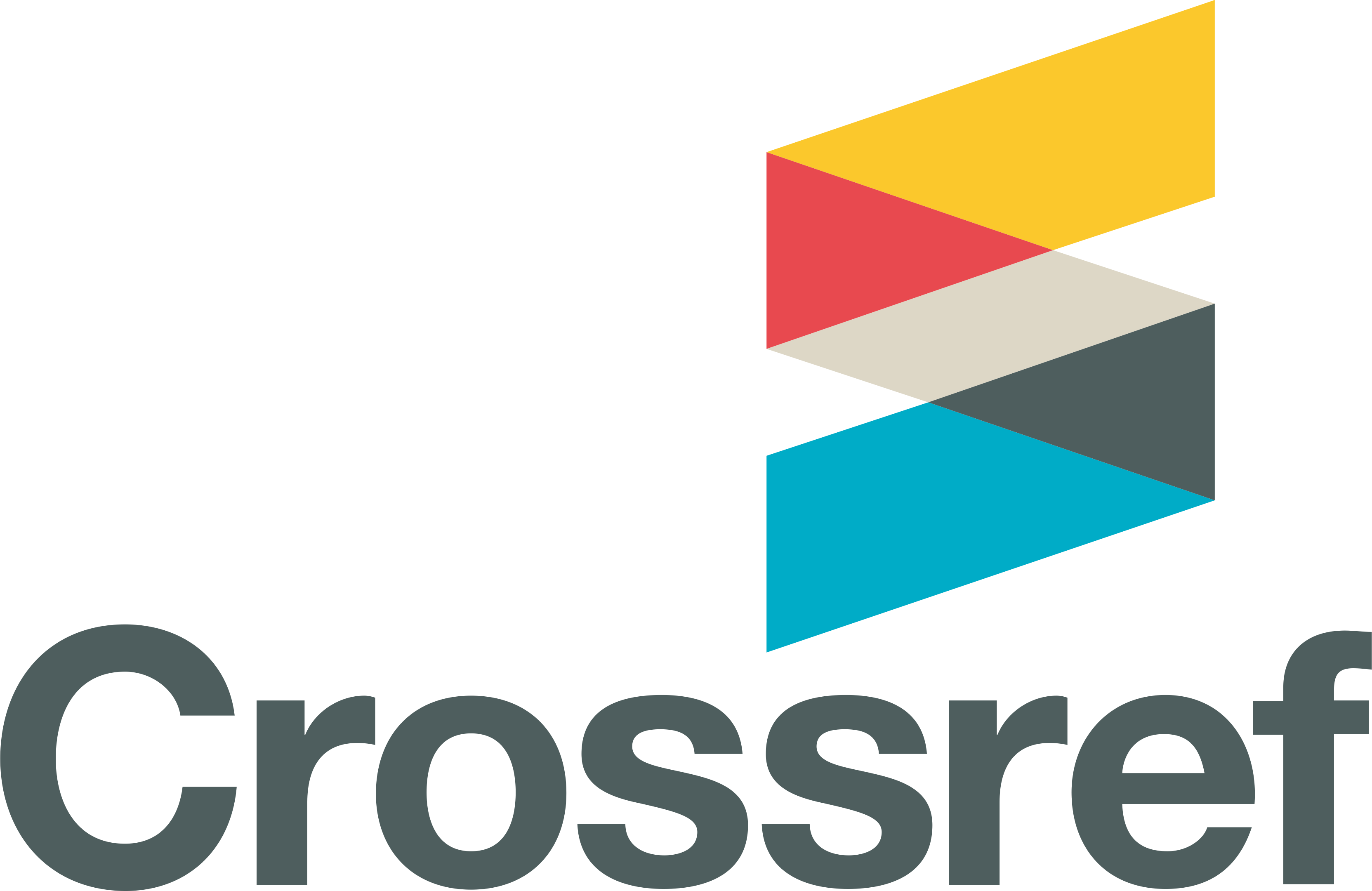GIS Weighted Suitability Analysis as Decision Support Tool for Mangrove Rehabilitation in Oriental Mindoro, Philippines
Keywords:
weighted suitability, mangroves, zonal geometry, GIS, Oriental MindoroAbstract
A weighted suitability analysis was conducted in predicting suitable areas for mangrove rehabilitation in Oriental Mindoro, Philippines. There were six thematic maps utilized in the study obtained from reliable agencies. The thematic map layers were projected in WGS 84 / zone 51N, rasterized, and reclassified. The weighted overlay technique was implemented using a precise score class ranging from 1-3. Weight influences were assigned to mangrove areas (30%), land cover (20%), rivers (15%), roads (15%), soil types (10%), and slope (10%). The entire workflow was made to run in the ModelBuilder feature of the ArcMap. A mangrove suitability map was generated for the entire study area in three suitability classes. The area covered by each suitability class was extracted using the zonal geometry tool of the spatial analyst extension. There were 10 out of 15 municipalities in the province detected with effective suitable areas. The predicted suitable areas had a total of 75,433.20 km2. The municipality of Mansalay gave the highest in low suitability (13,549.26 km2), Calapan City for mid suitability (15,321.13 km2), and Naujan (891.11 km2) for high suitability areas. Overall, Calapan City has the highest computed suitability areas with 19,847.28 km2 regardless of the categories. The generated data could be efficiently utilized in the effective planning and management of mangrove resources. It can be integrated with information on biodiversity assessments to draw a robust plan and execute significant actions. The study demonstrated the applicability of a geographic information system (GIS) framework as a decision support tool for potential mangrove rehabilitation initiatives.
Downloads
Published
How to Cite
Issue
Section
License
Copyright (c) 2021 Jess Jumawan, Damasa Macandog

This work is licensed under a Creative Commons Attribution-NonCommercial 4.0 International License.




